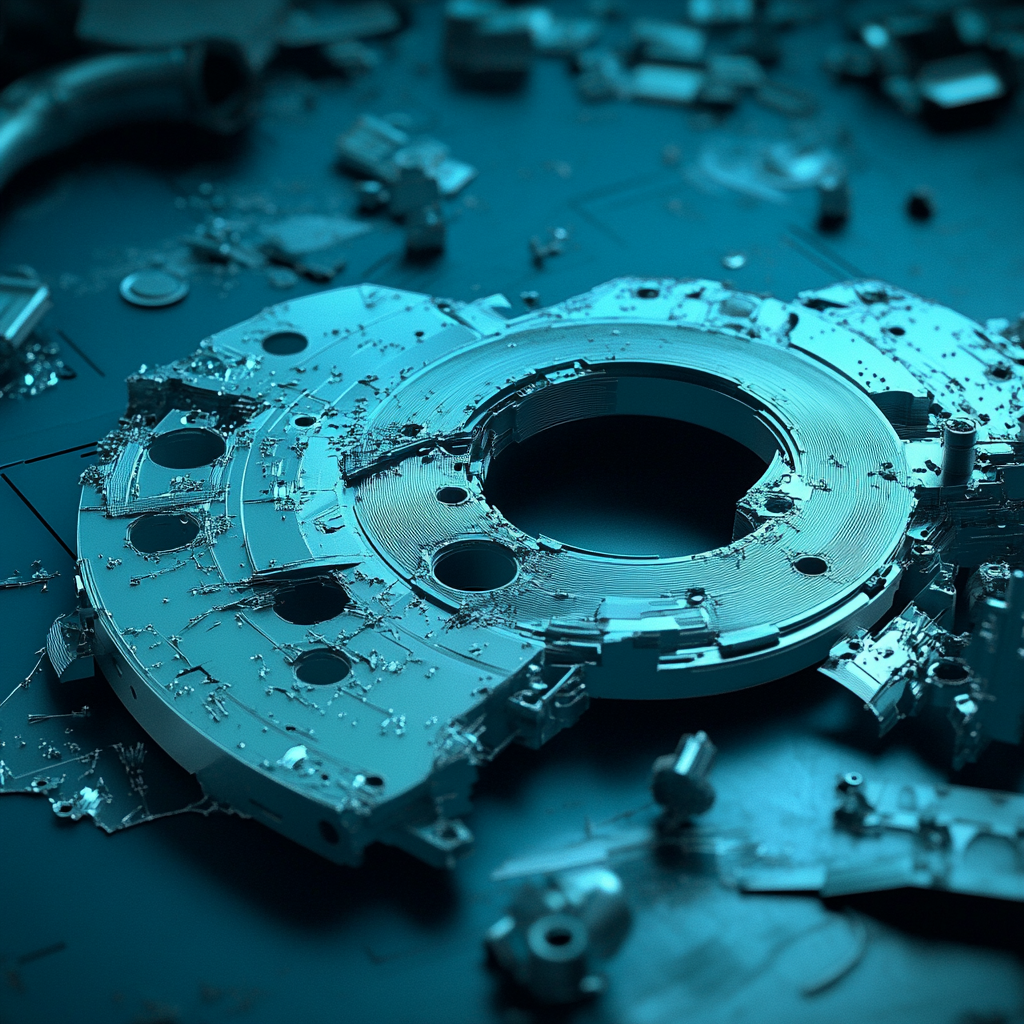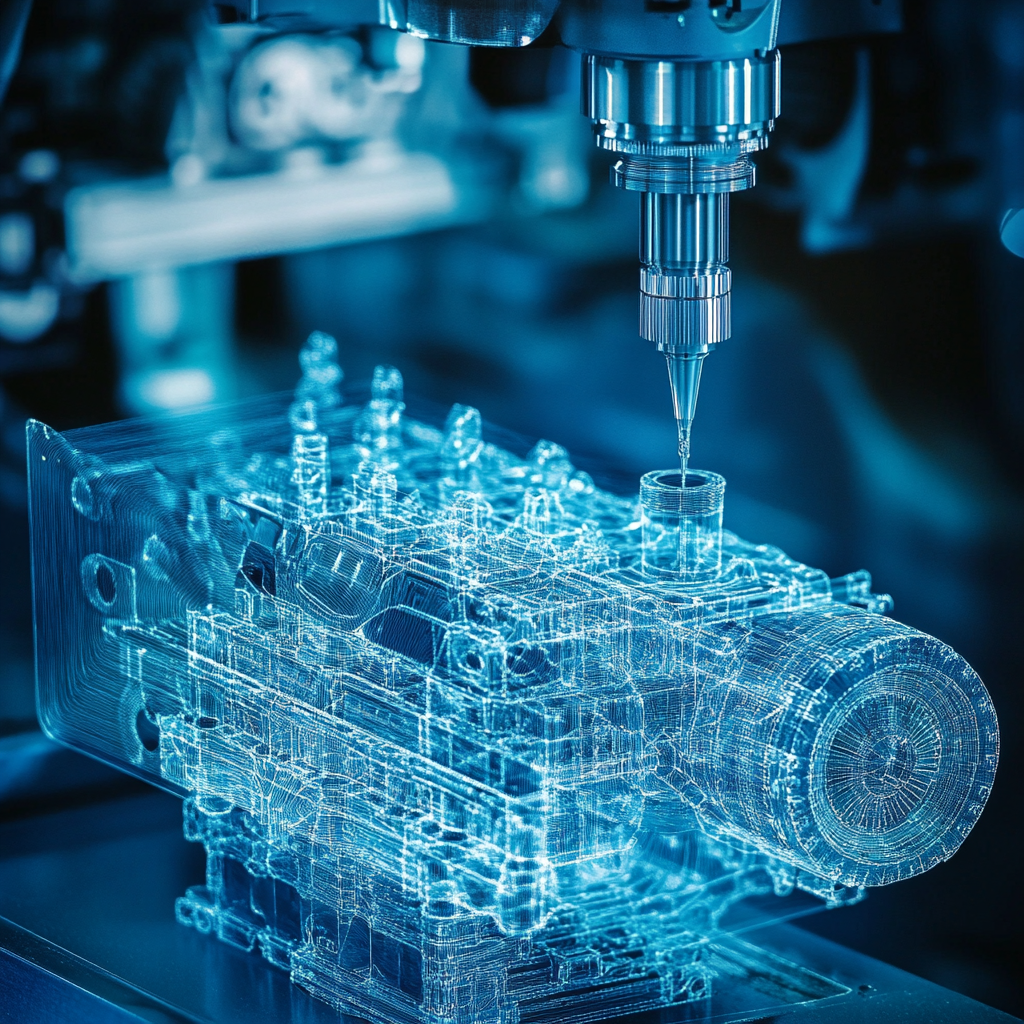NDT and 3D CAD Model Visualization
.webp)
NDT and 3D CAD Model Visualization
The process of non-destructive testing (NDT) makes use of 3D CAD Model visualization in conjunction with X-ray detection in order to find and correct defects in objects that cannot be observed directly. This technology is helpful in maintaining safe oil pipes and gas pipes; in weld inspection for aerospace; in manufacturing and in many other industries that need to examine internal structures that cannot be seen with the naked eye. Radiography is often accompanied by ultrasonic examination, and the image that is generated by ultrasonic examination is compared to the radiographic image. This method provides not only location detection of the defect, but also material analysis, and can help determine how the defect will affect the component over time.

Powerful Visualization
One way in which CAD / CAM services helps companies in this process is by digitizing the x-ray film and then converting scanned data into 2D drawings and 3D models. When digitizing film, it’s important to maintain DICONDE standards.
DICONDE
DICONDE (Digital Imaging and Communication in Nondestructive Evaluation) is the standard for digital NDT images. Essentially, DICONDE is a dictionary that describes all the necessary syntax, attributes, data elements and protocols to allow users to acquire, store, archive, transmit and receive image data in a way that is universally compatible. It is a system that allows images to be saved with its meta-data. All the technical information plus information on location, date, an inspector is saved with the image. Such information can then be included in any report generated, and since the metadata is stored with the image, it means that database searches can be carried out on a variety of criteria to search across modalities or points in time for the same asset.
Model Comparison
The models that have been generated from the X-ray digitization are then compared to the density models generated by the ultrasound. By combining the data analysis from the various models that are generated, 3D CAD lets technicians rotate the model, slice the model and manipulate it in a variety of ways to determine the relative strength and/or weakness of the internal structure.
This type of 3D CAD model visualization is a powerful tool that can simulate problems and aide in real-time processing. Tools such as edge detection, boundary representation and shape classification help technicians as they visualize the model and identify potential problems.
The combination of both radiography and ultrasonic technologies enables more extended imaging features than the use of one technology alone. The radiography provides the image details while the ultrasonic NDT of materials produces a more detailed characterization of sizing and position of the defect.
By combining the 2D defect geometry from the radiograms within a 3D model that is generated by ultrasound, not only is the location of the defect pinpointed, but also the geometry of the tested material is included to help determine porosity, density and another tensile strength attribute that may affect the response of the defect. (I.e., will the pipe crack more quickly because the pipe material around a hairline crack has begun to deteriorate.)
Best Practices and Safety
This kind of 3D imaging can help companies determine the urgency of repair to prioritize repair orders and enable a more orderly system of ongoing maintenance, whether the product being examined is a pipeline, a machine part or an airplane wing. Some more esoteric examination methods may even use 3D animation to observe expected outcomes of repair, vs. replace.
The combination of NDT technologies, of various types, with CAD modeling, plays an increasingly important role in establishing the reliability and safety of various components. By using 3D CAD and various NDT technologies that enable technicians to work with virtual representations of nearly any object, they can recommend best practices going forward for maintaining component safety.
Recent Posts


5 Common CAD Mistakes and How to Avoid Them
We came up with 5 common issues that we see, and our expert advice when it comes to avoiding these issues.

Techniques to Save Money on Manufacturing Your 3D CAD Model
Our team of outsourced CAD experts wants to talk about ways that your engineering team can save money on manufacturing with each 3D CAD model in 2024.

Shortcuts to Save Time on CAD Conversions
a quick tip to save money on each of your CAD conversions
